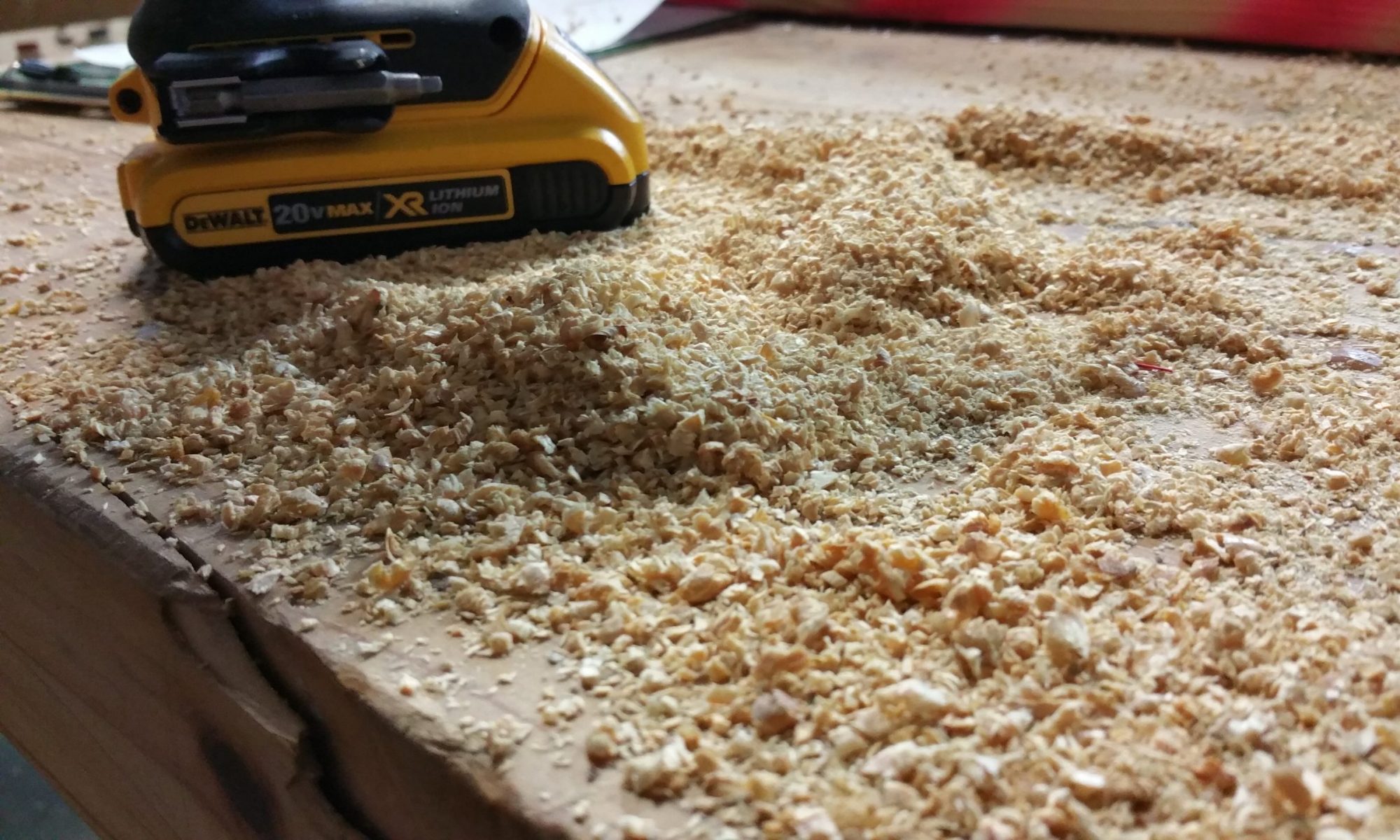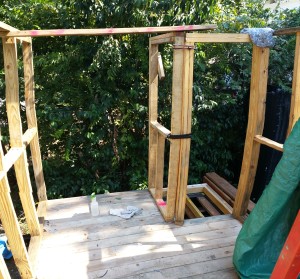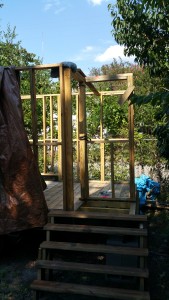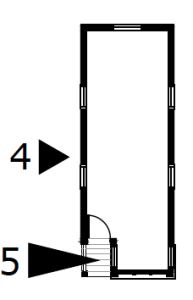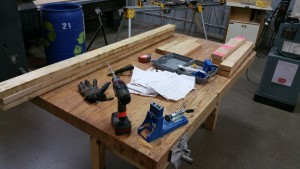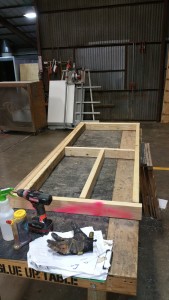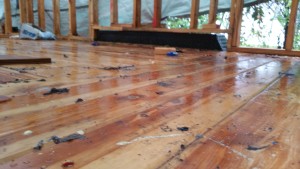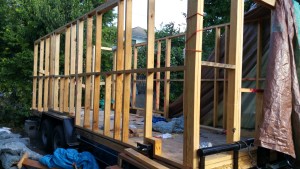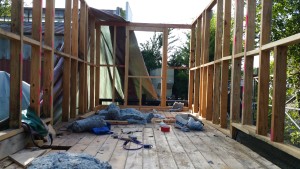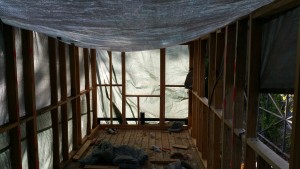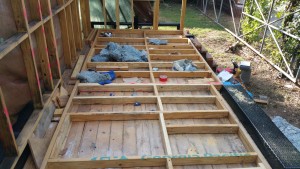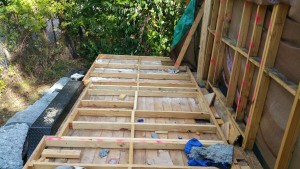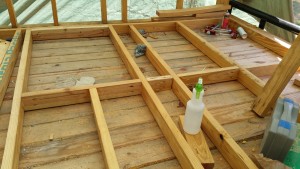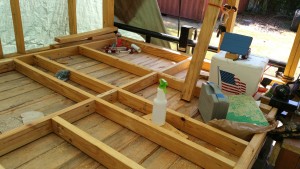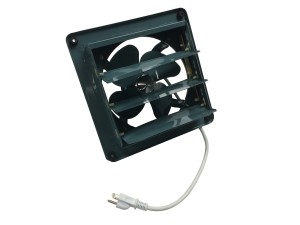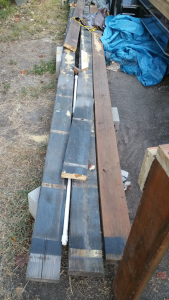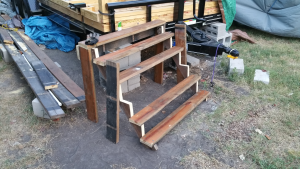
So, with the next phase of building approaching, it is time to get more wood, notably the plywood for the walls and roof.
In addition, I’ll need:
- a bunch more 2x4s for the rafters, loft walls and interior walls,
- some 4x4s for the loft beams,
- floorboards for the loft,
- 6x6s for the last wall, and
- an 18 foot 2×6 for the roof beam.
I’m guesstimating this will all run me about $500ish + about $50-75 for the truck rental.
Taking a look at my Tiny Home piggybank, I’m out of money. I should have enough money in the bank at the end of the month.
In the meantime, I still need to plumb and square the remaining walls, so I’m not completely dead in the water.
